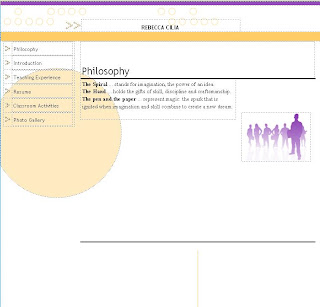
The m&m’s activity would have to be my favorite. Not only does it incorporate technology and chocolate but it is an excellent way of getting the students to think mathematically. It asks the students to group in pairs with one packet of M&Ms between them (or smarties) and sort the M&Ms by their Colour. Once a tally has been devised the students then need to construct a spreadsheet. This activity would be a great way of introducing graphs to the class and also grouping (Division). Once the graphs are made the students are then able to let their creativity run wild by decorating the spreadsheet. The students can start to create ideas and cut and paste pictures from the M&Ms website: http://www.mms.com/au/index.jsp. An extension of this activity would be to form groups of six and then groups of twelve and then eventually the whole class which Greg Powell suggests as “jig sawing”. As a whole group they will graph and discuss their findings.
Greg Powell suggests a few questions which could be asked:
- How many M&Ms were found in each packet?
- What is the range of colours found across the whole class?
- What would happen if the company just put all of one colour into the packets?
- Why do you think some colours don’t appear too much in each packet?
Teachers need to be aware of peanut allergies and also they need to check with the schools policy. Check this website for details: http://www.chw.edu.au/parents/factsheets/peanut_allergy.htm





